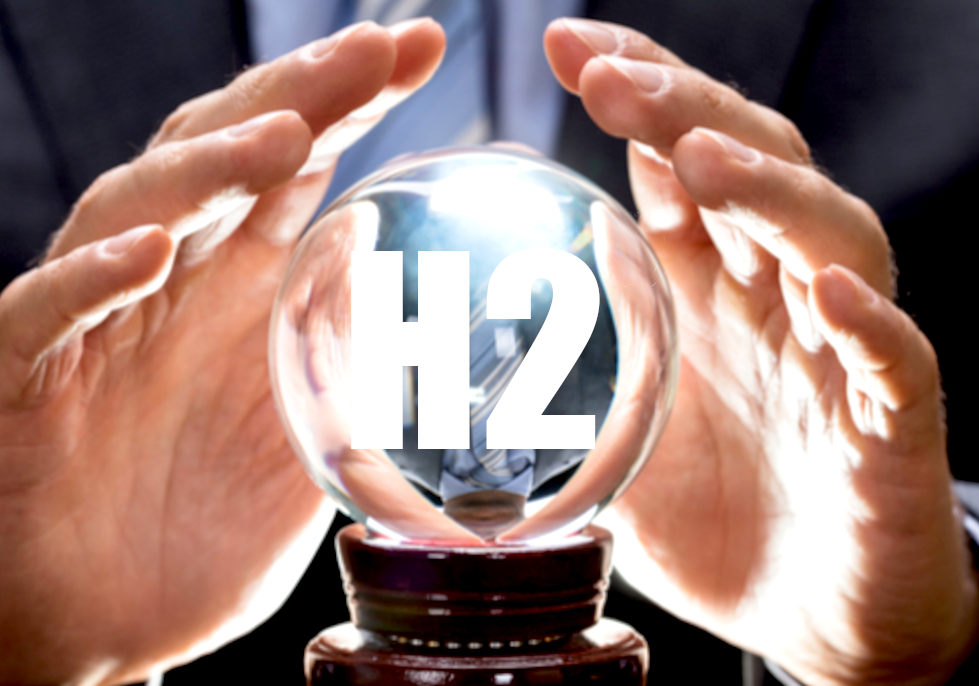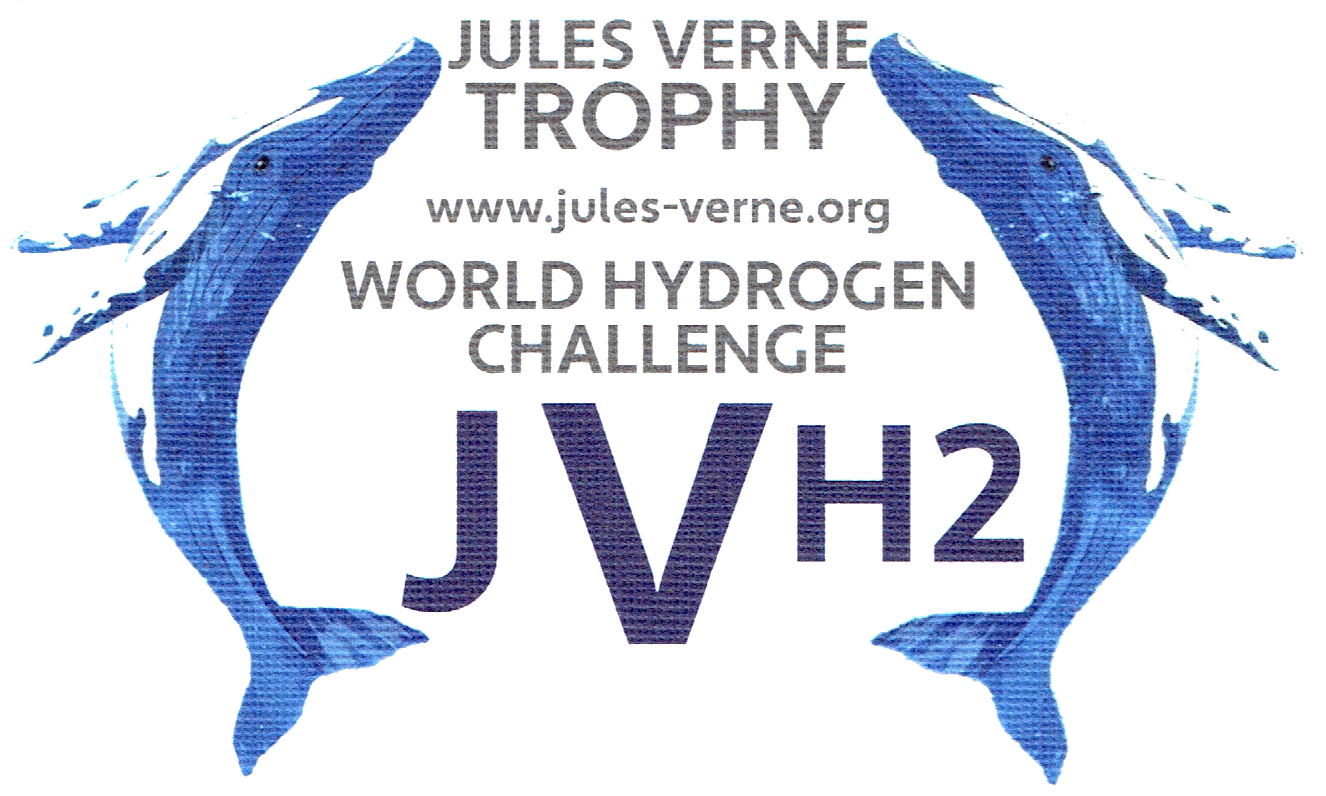|
THE CIRCULAR ECONOMY
UNITED NATIONS' SUSTAINABILITY DEVELOPMENT GOALS (SDGs)
Please use our A-Z INDEX to navigate this site or return HOME
|
|
|
RACE AGAINST TIME: This could have been another of Jules Verne's titles. But it is not a work of science fiction, it is a man-made problem today that even the master storyteller would have had trouble predicting. Despite our scientists telling us the global warming is at a crucial tipping point, world leaders are allowing the use of fossil fuels to superheat the planet with dire consequences. Jules was adamant that hydrogen would be a source of power for mankind in the future he envisioned. In our view he was bang on the money. Green hydrogen offers us a sustainable future, based on splitting water using electrolyzers, to recombine for heat or electricity. We can use renewable solar and wind power, to create a circular economy, without CO2 and other harmful gases and particulates. This clean energy source can drive our automobiles and ships, as a major brake on climate change. What is holding us back and why? The technology exists today! Given the opportunity, we would like to prove it to you. If it is possible to complete the build of the Elizabeth Swann above by 2024, it will be the 150th anniversary of his prediction in his 1874 book: The Mysterious Island.
|
|
|
The United Nations sustainability development goals are aimed at creating a Circular, Blue Economy based on administrative policies that provide energy for life, food for all, affordable homes and transport - these provisions being in harmony with the natural world. The limits of the planet to regenerate, without changing our climate, dangerously.
Policies that underpin fuels that are harmful to the planet, by way of subsidy, cannot be held to be sustainable. Their use is based upon a false premise.
Humans have proven to be unreliable at predicting the future. If the past teaches us just one lesson, it is never to trust fortune tellers. Long range forecasts are overwhelmingly wrong. The few that endure, do so invariably through betting on incremental advances of what has proven to be successful. But we live in a world where technology advances exponentially. Or, as Arthur C Clarke put it: “The future is not what it used to be”.
Transport is one of the vital areas where the United Nations are looking for solutions. In the case of shipping, the governing body is the International Maritime Organization (IMO). Rather than direct development to any particular fuel system, the IMO has given fleet operators a free hand, to competitively develop the market in light of technology options that have existed for many years.
Where comfort is the enemy of progress, the shipping industry has opted for safety, looking into their crystal balls for predictions as to investment, presumably, assuming that targets are flexible. And they most likely would be, if the technology did not exist. However, technological solutions are extant in many forms, as is well understood.
The problem being the significant financial implications in acting on a wrong investment decision. And of that we share the concerns of the operators who keep the world supplied with goods. We must find a way of testing systems that is containable, such as to de-risk investment decisions - as far as is possible.
That is why the World Hydrogen Challenge was born, with the Jules Verne JVH2 Trophy as the spur to the identification of sustainable technological advancement. A sporting event where scientific data may be collected and shared between investment houses - via credible demonstration. Such as to crystallize a way forward.
|
|
|
|
|
|
Please use our A-Z INDEX to navigate this site
This website is Copyright © 2022 Jameson Hunter & Cleaner Ocean Foundation Ltd, equal opportunities companies. This website is carbon friendly, using less energy to load on average per page via simplicity & picture optimization. The same may not apply to third party links.
|


